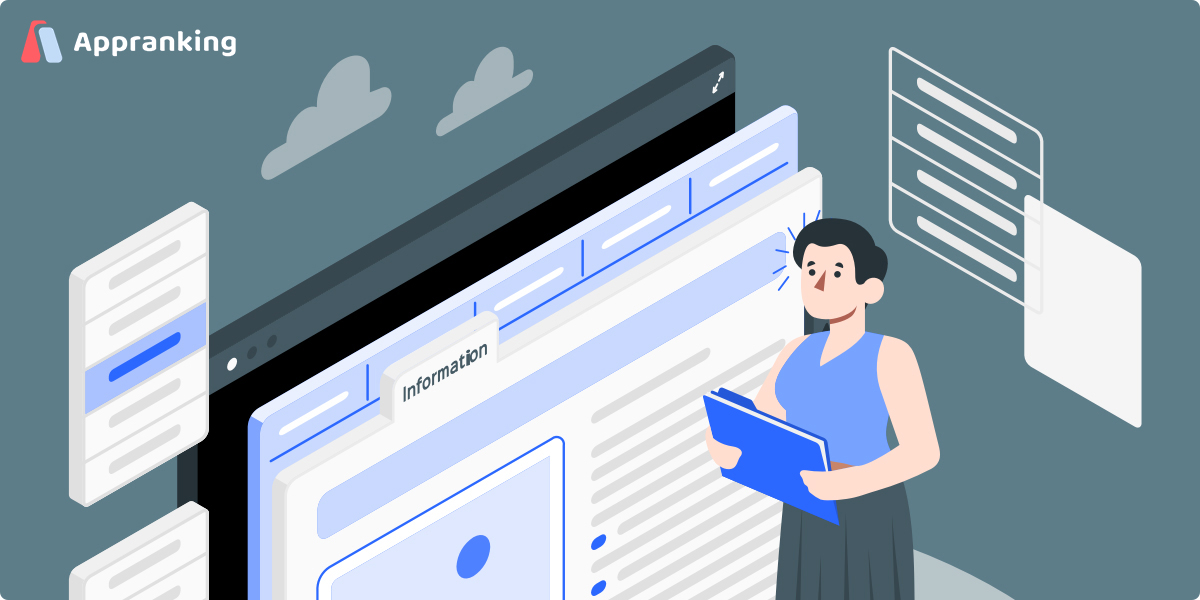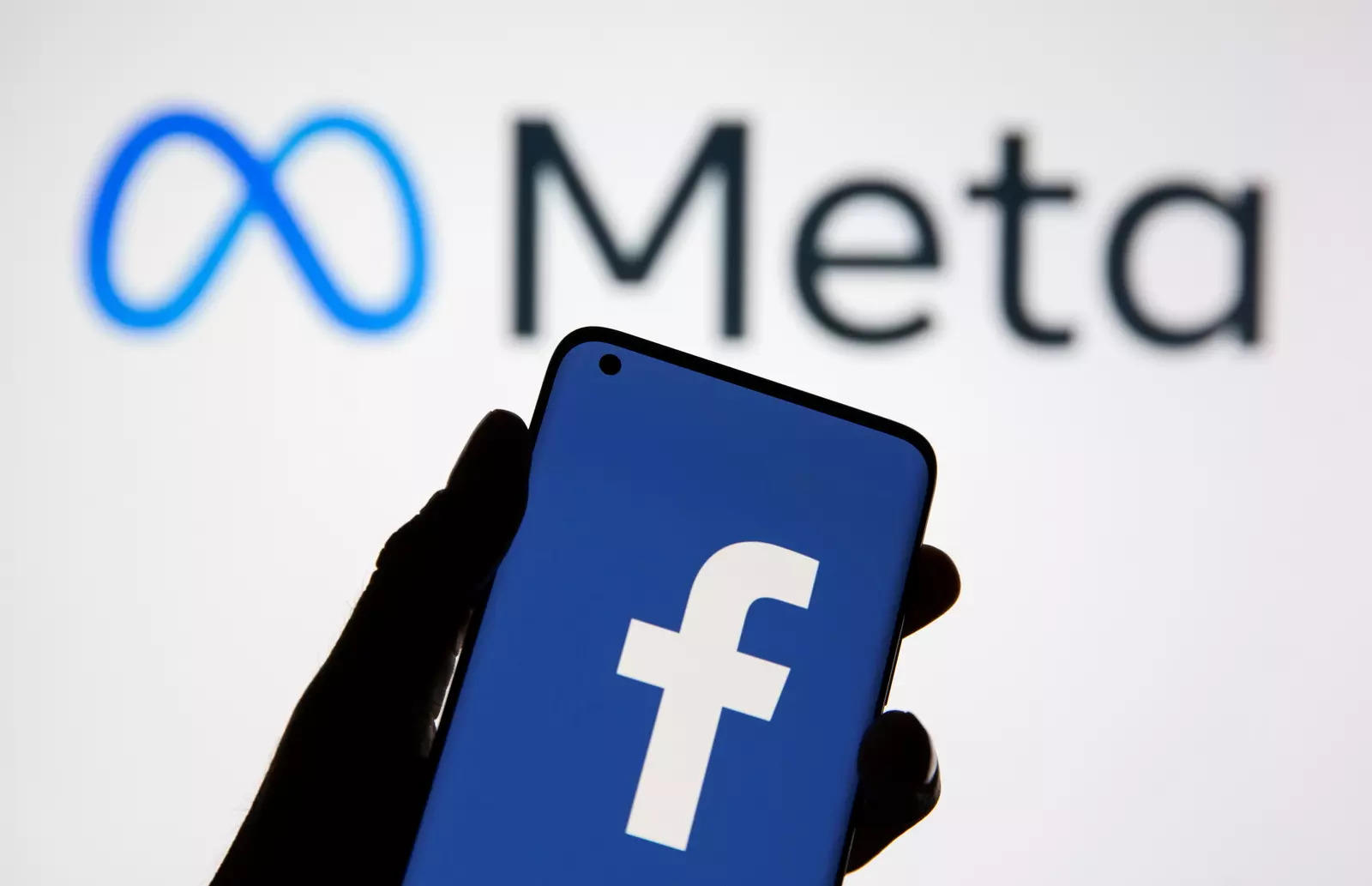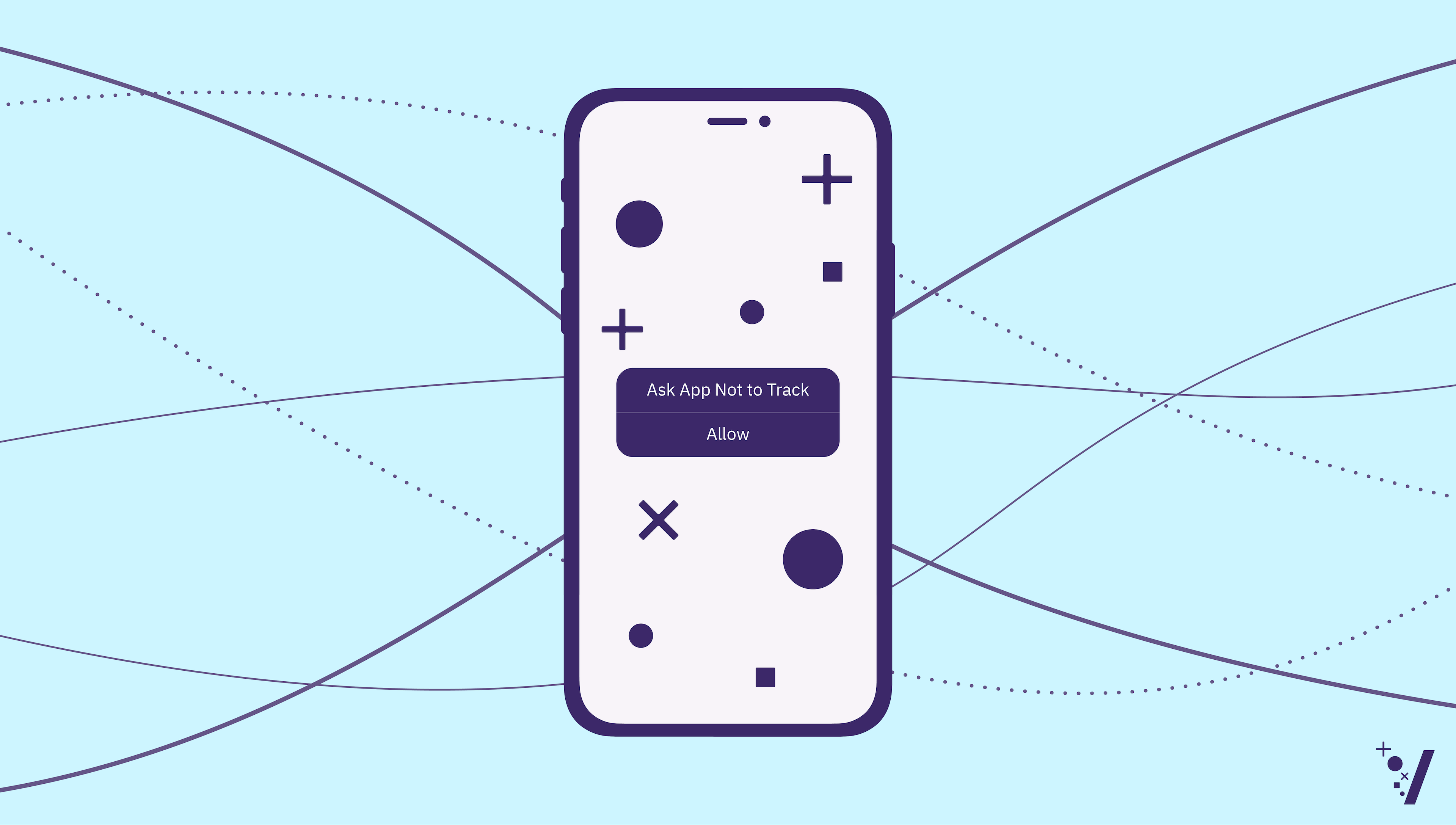
New restrictions on consumer privacy have changed how all marketers can utilize cutting-edge strategies to contact and engage customers during the previous five years.
All digital marketers will need to adjust to changes in consumer data tracking as a result of the arrival of the Era of Privacy. The change introduced by Apple's AppTrackingTransparency last year has had the most impact so far. It has irrevocably altered how social practitioners can determine the audiences for their programs and how to target and evaluate them.
For marketers who rely on this information for numerous purposes, the loss of the very important iOS signal was a serious setback. Social marketers lost almost all of their capacity to target, personalize, evaluate, and improve their campaign activity on Apple mobile devices almost overnight.
There will soon be more obstacles to using data. Google has already made plans to restrict third-party cookies on Chrome, and on Android devices, it will take a similar course to Apple. Many of the cutting-edge strategies that were widespread five years ago will become obsolete once these changes take place.
Social media giant's reaction and targeting recommendations
Unquestionably, Meta has been the advertising publisher most negatively hit by Apple's change. The company published a help center article to explain the shift for advertisers, offer suggestions for the future, and provide some insights into the future of Facebook advertising in this new Era of Privacy, despite the fact that the commercial consequences are extensive and highly complex.Facebook addressed the ramifications of targeting in the post and gave marketers the following advice:
The number of your app activity Custom Audiences, website Custom Audiences, and app connections audiences may decrease as more devices update to iOS 14 or subsequent versions. Alternative targeting tactics to take into account: employ a broad audience for inclusion and use targeting expansion
The main goal of these two suggestions is to give Facebook more targeting options as a workaround for the loss of the iOS signal that powered retargeting audiences.

Broad social audience targeting
Social media marketers are accustomed to focusing on relatively small audiences. Given ATT, marketers will abandon their targeted audience granularity methods in favor of relying more on Facebook's delivery system to discover the most appropriate audiences for their advertising.There are unquestionably certain benefits to enabling the potent ad-matching algorithms used by Facebook and other social publishers. Prior to ATT, broad targeting mostly served as a support tactic for particular targeting. Therefore, broad targeting is a suitable choice if a company is aiming to reach an audience that they haven't reached before or doesn't have a lot of first-party data for retargeting.
Broad targeting is increasingly being used as the primary option rather than as a backup in the post-ATT environment. For instance, Facebook claims that its broad targeting is becoming more effective and that they are concentrating more on improving it as a result of Apple's change.
Targeting expansion
From the Facebook help center article, About Detailed Targeting Expansion:Detailed targeting expansion can help improve your campaign performance by allowing our system to reach a broader group of people than you defined in your detailed targeting selections… Our ad delivery system uses the demographics, interests, and behaviors you select through detailed targeting as a guide for ad delivery, while also dynamically assessing performance.
If our system finds better performance opportunities outside your defined audience, detailed targeting expansion allows us to dynamically make updates that reflect where we’re seeing better performance, and we may expand your audience further to include similar opportunities.
Therefore, even while Facebook advises marketers to use more widespread targeting and use less specific targeting, targeting expansion is a constant development for all campaigns.
New social audience targeting trends in the era of privacy

Apple changed AppTrackingTransparency more than a year ago. In the new era of privacy, marketers have tried a variety of different things to adjust to social advertising targeting.
Retargeting is still viable, just different
Retargeting hasn't completely disappeared just because retargeting pools have shrunk. However, social advertisers are still utilizing them as a best practice in their marketing plan, but in slightly different ways than before.Website Custom Audiences (WCA) are limited, but not gone
- Still some iOS data. Despite the fact that the majority of iOS users have not consented to being tracked by third-party audiences under Apple's new policy, marketers claim that their cookie pools haven't been completely depleted. Some bigger websites and applications still have enough iOS visibility to support their WCA retargeting ads, even though businesses with smaller first-party footprints will struggle.
- Non-iOS data is still viable—for now. Around 55.5% of US mobile browser traffic is generated by iPhones, which means that nearly 40% of Android traffic and a few other smaller mobile OSs are still active. Since just 25% of mobile traffic worldwide is generated by iPhones, international brands can still operate effective retargeting campaigns. Although they haven't yet been put into effect, Google just revealed some future privacy enhancements for Android. From what we know, it appears that Google will select a policy that is more advertiser-friendly than Apple's.
More reliance on other types of retargeting
- Customer List Audiences (aka CRM Audiences). Marketers are still able to upload lists of offline client identifiers (phone numbers, email addresses, and snail-mail addresses), which social publishers subsequently "match" to their users. Match rates can often vary from 50% to 80%. Some companies have huge customer bases that allow them to create highly targetable audiences, like:
- People who use a credit card with a store brand
- People who purchase expensive goods
- Individuals who spend more than $1,000 annually Individuals who have purchased particular goods or product categories
- Engagement Custom Audiences. Social media marketers can retarget consumers based on how they interacted with social publishers' content, for example:
- (Liked or commented on a social media post) profiles, posts, and pages
- Videos (25%, 50%, 100%, or more of a social video watched)
- Lead forms (completed forms provided by brands)
- Events (participated in or signed up for a social event)
- Ads (clicked, saw, or engaged a social media ad)
- Social Shopping Custom Audiences. You can develop audiences to retarget people who interact with your social commerce through some sites. For instance:
- People who visited the homepage of your store
- Viewers of your products who visited a product details page
- Individuals that visited your website by clicking
- Those who added your goods to their shopping carts
- Customers that bought your stuff

Marketers have increased spending on third-party social audience targeting
ATT has made WCA more difficult, so some marketers have increased their spending on third-party social audience targeting.Third-party audiences have numerous benefits:
- Create WCA via third-party data providers. In order to contact those users on social networks, third-party data suppliers can develop retargeting pools using anonymous user tracking for websites and apps. While it doesn't provide exactly the same functionality as a social retargeting pixel, it comes very close.
- Go to folks you've never gone to. Social marketers are quite excellent at reaching out to users who have already interacted with them using some of the retargeting techniques discussed in the preceding section. Third-party audiences also enable advertisers to target advertising to consumers who haven't yet taken that action.
- Find the most niche demographics. Some companies target the most specialized audience subgroups. For instance, native social targeting may only reach a relatively small audience if your goal is to reach snowboarding enthusiasts.
- Decrease waste. For marketers, there are occasions when avoiding a target altogether will save more money and impressions. In order to properly allocate their resources, social marketers can avoid wasting money on the types of people they don't need to contact by using third-party data.
Conclusion
In short, as privacy policies become stricter, marketers need to find alternative ways to fill the gaps caused by policy changes. Choose Appranking and we will provide professional big data-driven services to help you grow your advertising.Empower your team with our App Marketing Intelligence
Free forever. Cancel anytime.


